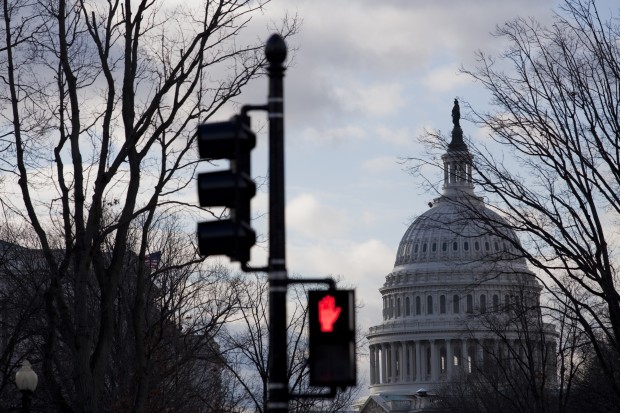Your 'Fiscal Cliff' Primer: Here's What You Should Know About The Looming Budget Deadline

Drew Angerer / Getty Images
President Obama and Congressional leaders have returned to Washington, D.C., to resume talks about the looming budget deadline. Automatic spending cuts and tax hikes kick in Jan. 1, 2013, if elected officials can't reach a deal.
The president will meet with Congressional leaders again Friday to discuss the looming budget deadline that would mean automatic spending cuts and tax increases in the new year. (There are just five days left to work out a deal.)
We’ve written before that the cuts to education wouldn’t be quite so automatic because most federal schools programs are forward-funded. But even though most of the cuts don’t kick in until the 2013-14 school year, most school districts will have to start preparing now, writes Alyson Klein with Education Week:
If you’ve been avoiding all this “fiscal cliff” talk in hopes elected officials in Washington, D.C., might work out a deal, now is the time to start paying attention to what’s at stake. Here’s your StateImpact primer on what’s next if the budget deadline passes without a compromise:Even though the cuts wouldn’t hit right away, states and school districts start planning their budgets in the spring, meaning that if lawmakers continue to drag their feet, states, districts, and schools may be in the dark about their federal funding, even as they try to figure out their spending plans for next school year.
And it isn’t going to be easy for states to absorb new cuts. Most of them are still struggling to rebound from the recent recession, even as they’re working to implement “critical reforms,” such as the new common academic standards and revamped assessments, said Adam Ezring, a senior advocate at the CCSSO.
- Title I — There’s a little more than $20 million in federal funding for Indiana’s needy and disadvantaged students on the line. Those cuts won’t take effect until 2013-14, though many districts are already in the process of budgeting for next school year. The federal school lunch program is one of the few programs that’s exempt from sequestration.
- Special Education — Special education services written into a student’s “individualized education plan” or IEP are protected by law, says Mary Burton, executive director of Northeast Indiana Special Education Cooperative. Those services can get very expensive — assistive technology can run as high as $100,000 per student and often must be updated annually — yet Indiana will lose an estimated $20 million in federal IDEA grants without a deal.
- Impact Aid — A relatively small portion of Indiana schools receive money for “federally impacted” students, like Native American populations and military families. But the ones that do will see cuts when the next payment goes out in April, reports Klein. For example, Bloomfield schools would lose approximately $47,000 in Impact Aid funding next year.
- Head Start — Indiana could lose about $9 million in federal funding for early childhood education. That’s the equivalent of slashing 1,100 of the state’s 15,000 spots, says Indiana Head Start Association Executive Director Cheryl Miller. But even though local Head Start programs will be expected to start making those cuts in January, Miller says they’re committed to providing services through the 2012-13 academic year. That means programs can’t cut students and will have to look elsewhere to make up a shortfall in federal funding.
- Higher Education — Colleges and universities are also feeling the squeeze. Although federal Pell Grants are safe from the automatic budget cuts, schools across the country could lose more than $13 billion in research funding and higher education incentives. (Not to mention the expiration of tax credits that help families paying for college.)
We’ll reiterate: No Indiana school district stands to lose more than 3 percent of its overall revenue if the President and Congress can’t reach a deal. But times are tight, and that money still has to come from somewhere.
